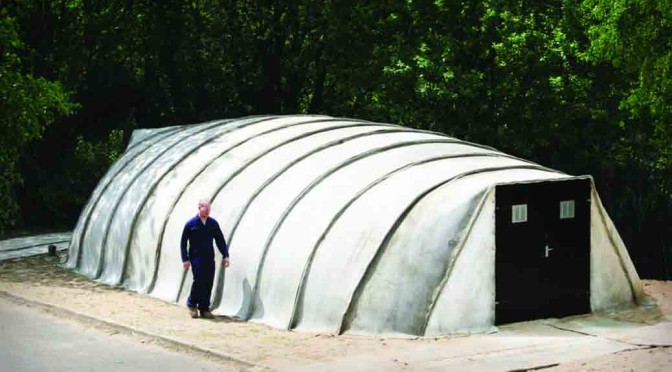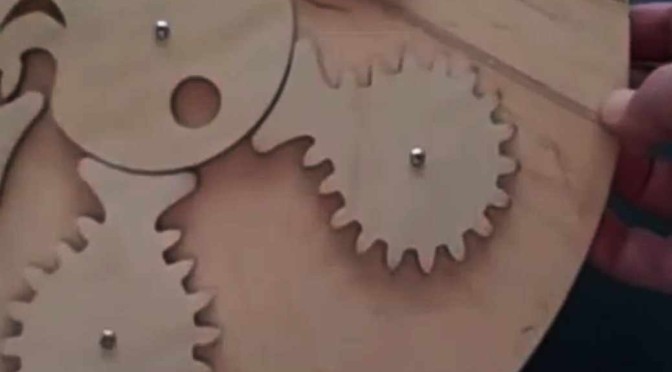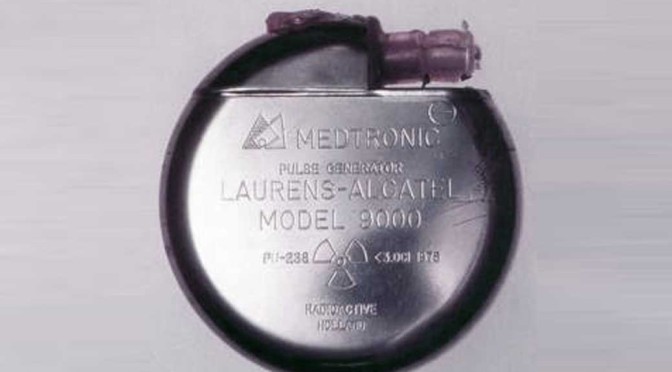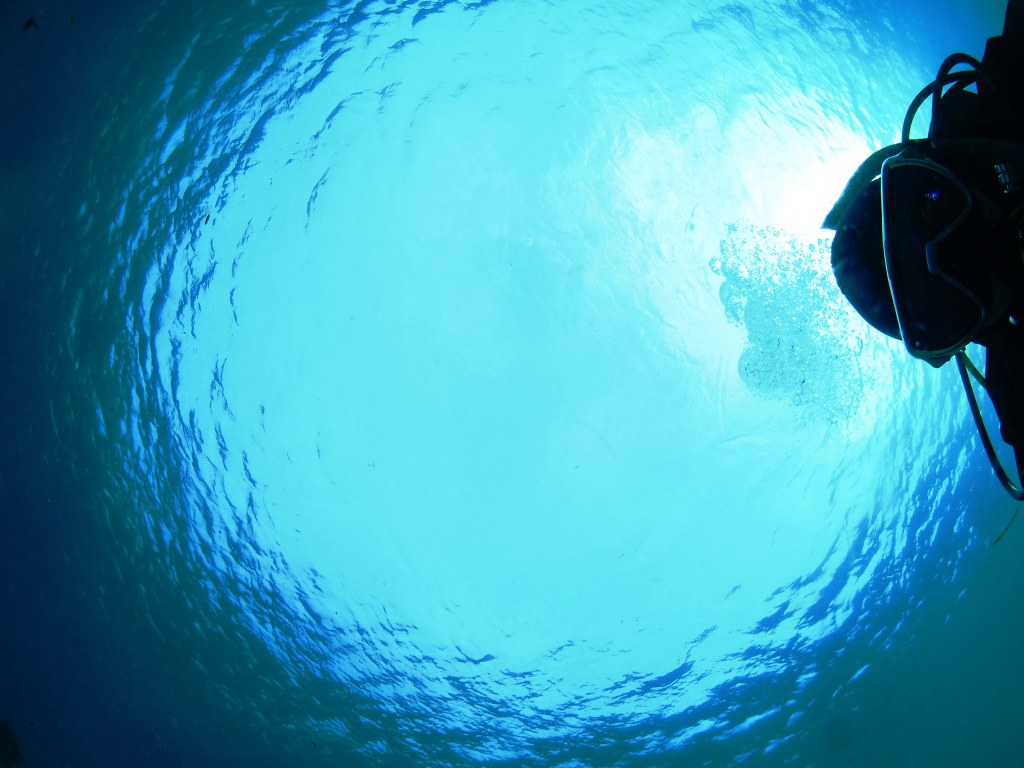By Anupum Pant
I had to say this a couple of weeks back. But, now I think, I’ve gravely been irritated by Facebook to let it out. So here goes a post on how Facebook is repeatedly trying to make you confirm your own pre-conceived notions and is basically making you an ignorant person everyday, is hurting page owners, and they are doing all of this to make short-term money for themselves. It is evil. That, is the problem with Facebook.
Almost every good thing you want to see is hidden from you on Facebook
Okay, let us start with my Facebook page. I know it is a small one, with just 446 likes (as of today). That said, I can tell you one thing for sure, I never forced any one of these people to like my page, nor have I ever advertised my page on Facebook to amass likes. All, or may be most of the people who like my page wished to clearly subscribe to my content and my views. Clearly, they wanted to be updated on the things I was posting. But Facebook tells me, that isn’t happening, unless I pay them the money.
Now take a minute to look at the screenshot below:

See the first post in that list. Of all the 446 people who’ve subscribed to the page, this appeared on only 15 news feeds. Moreover, the chances are high that all of these 15 people must have not even scrolled down to see the loaded post. So, probably 10 of the 15 loads were just useless loads. 5 of them who actually saw the post, decided (probably subconsciously) to not engage – that is understandable. Even if all the 15 people did see this post, how is that fair? Continue reading Problem with Facebook – On Facebook Everybody Loses



 Train wheels are conical in shape. That means they have a varying diameter at different points of contact. Now, suppose the track turns right. The train’s left wheels now have to travel more than the right wheels because at the turn the track on the left is longer.
Train wheels are conical in shape. That means they have a varying diameter at different points of contact. Now, suppose the track turns right. The train’s left wheels now have to travel more than the right wheels because at the turn the track on the left is longer. touches at a point where the diameter of the wheel is lesser. Therefore, if the left wheel now makes one circle it travels further than the right wheels and the train moves along the curve smoothly.
touches at a point where the diameter of the wheel is lesser. Therefore, if the left wheel now makes one circle it travels further than the right wheels and the train moves along the curve smoothly.



















